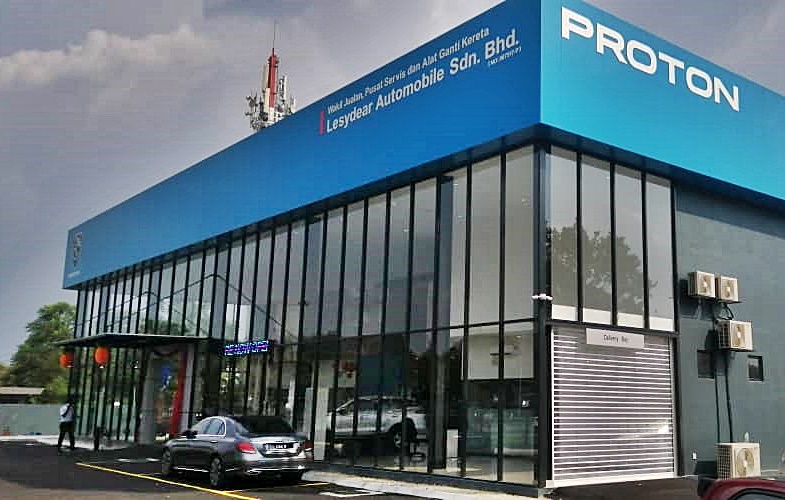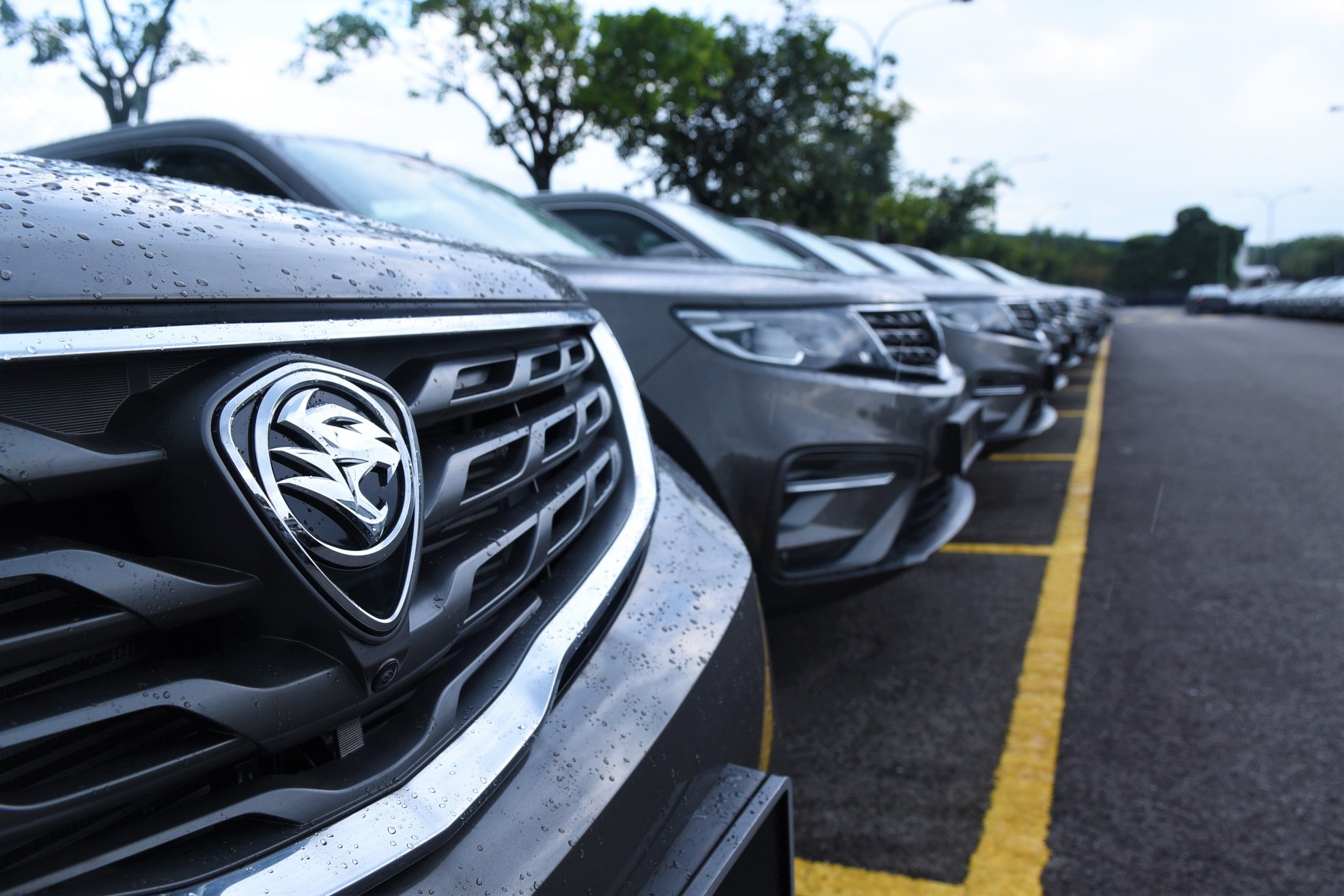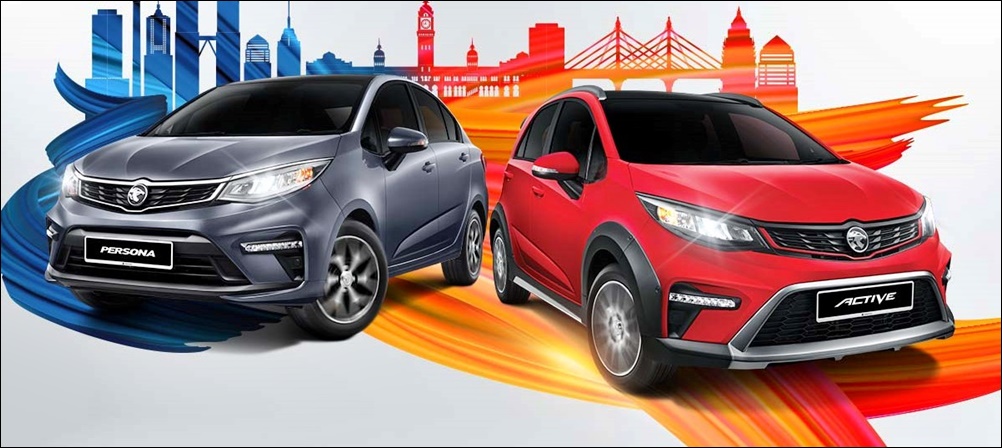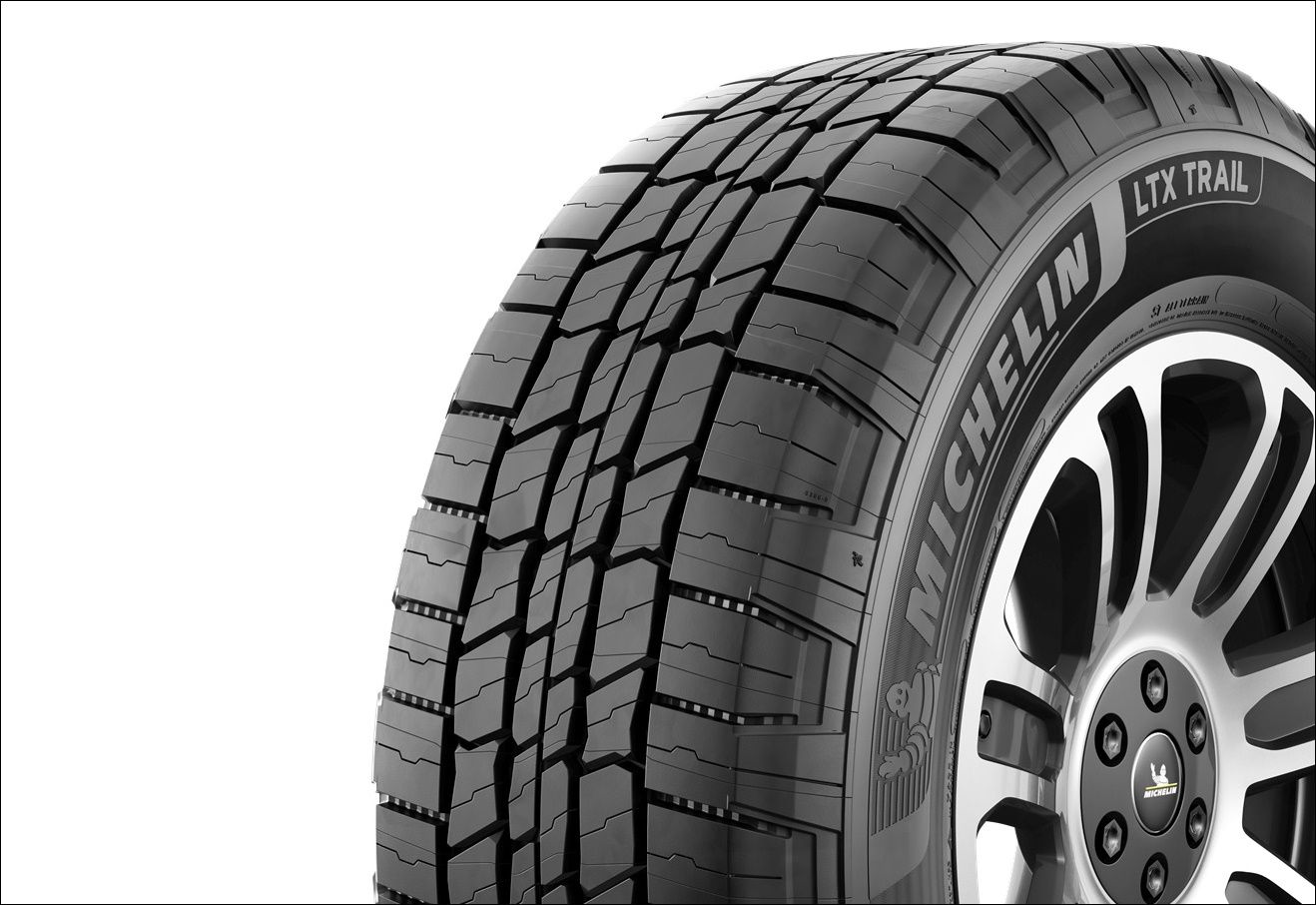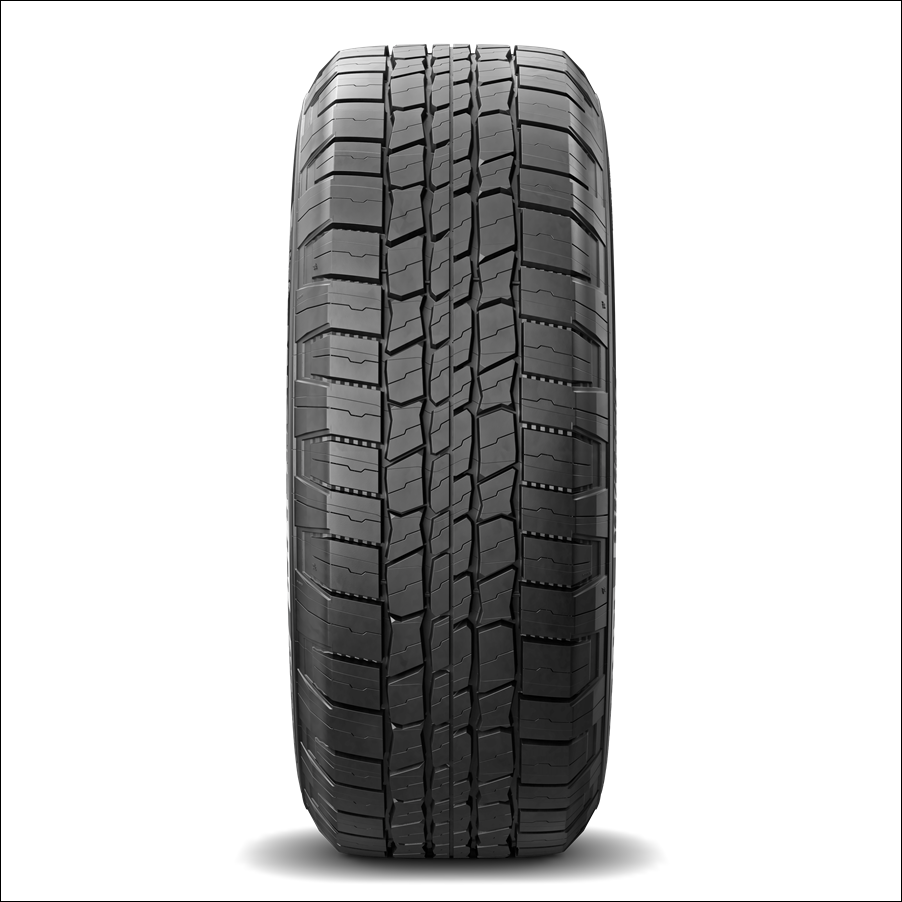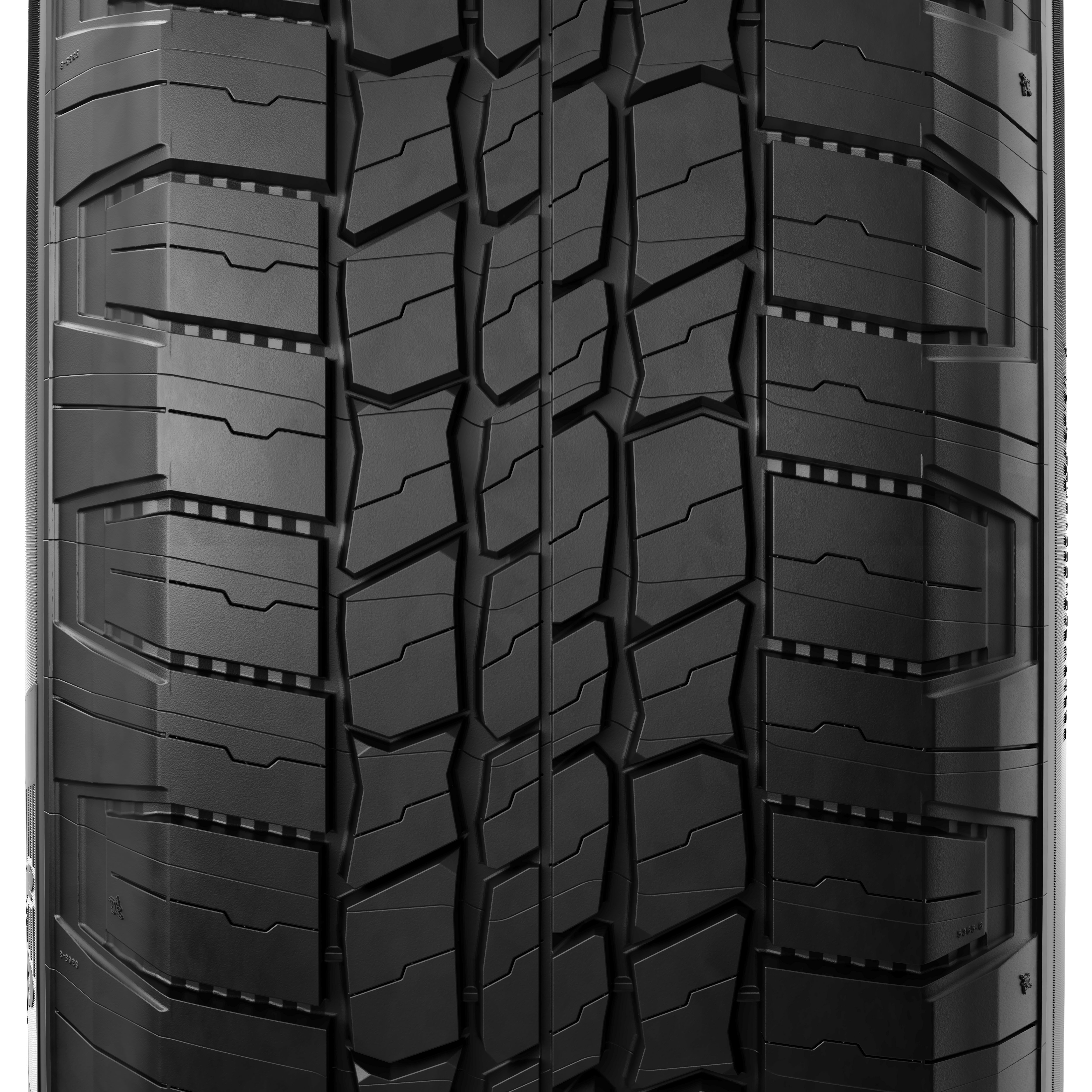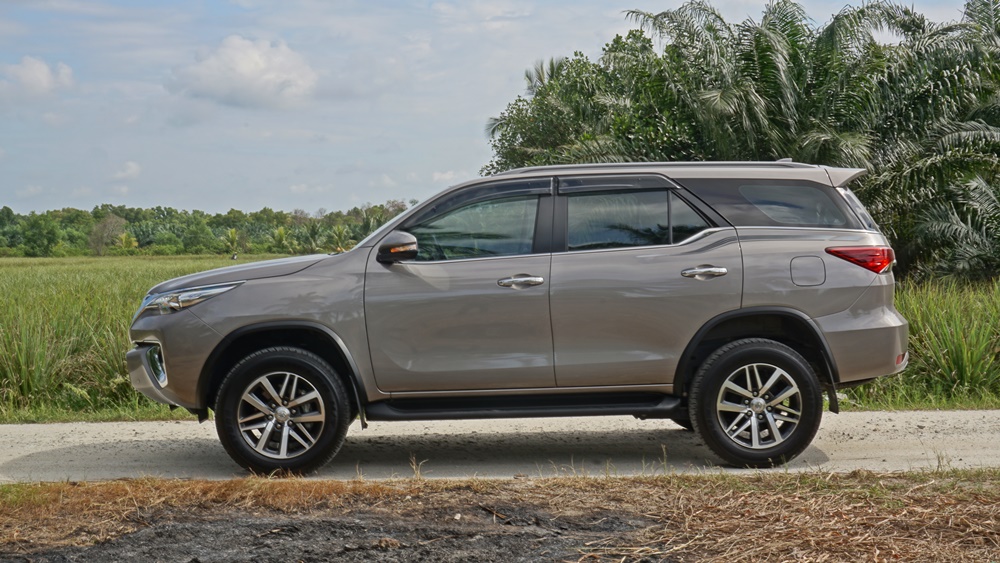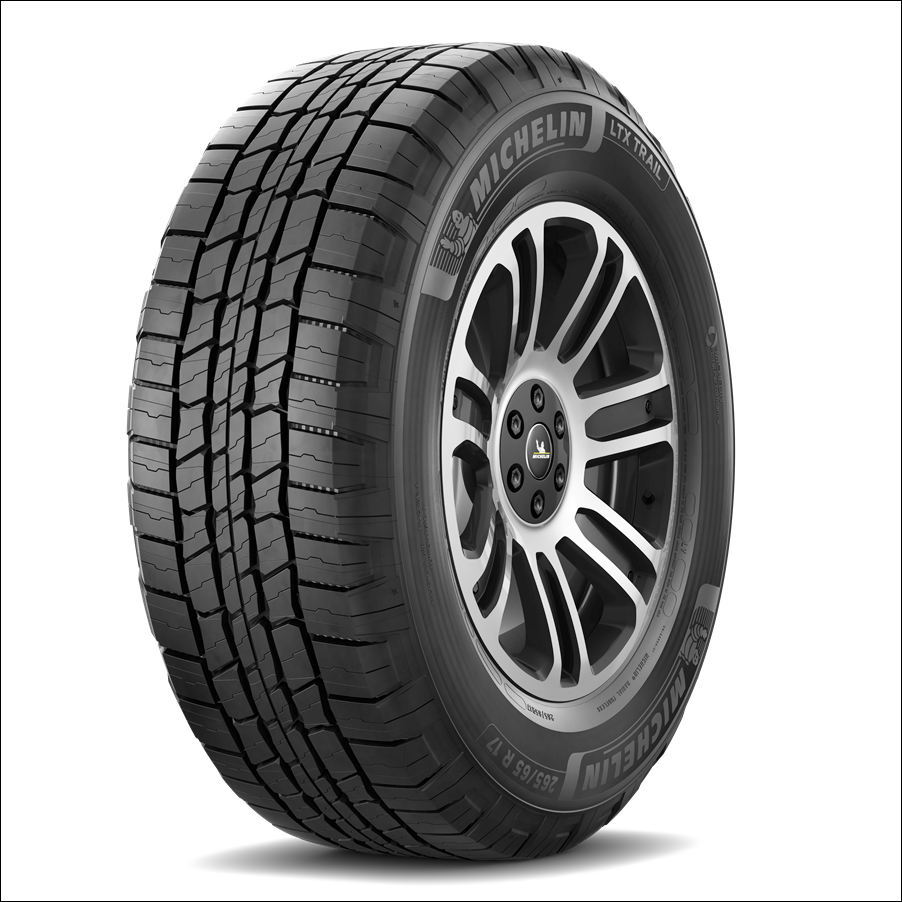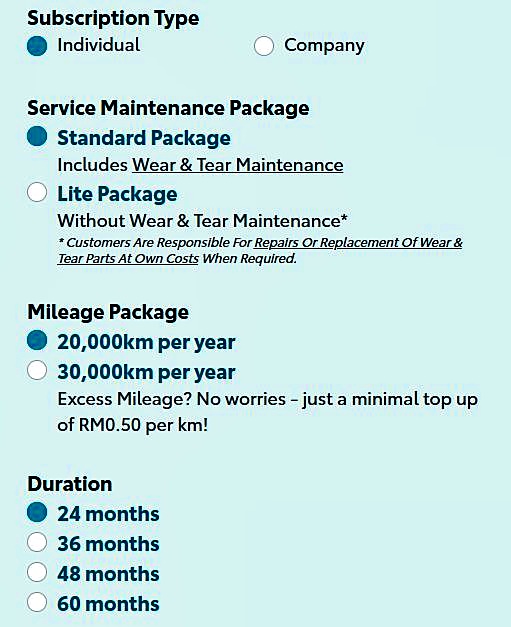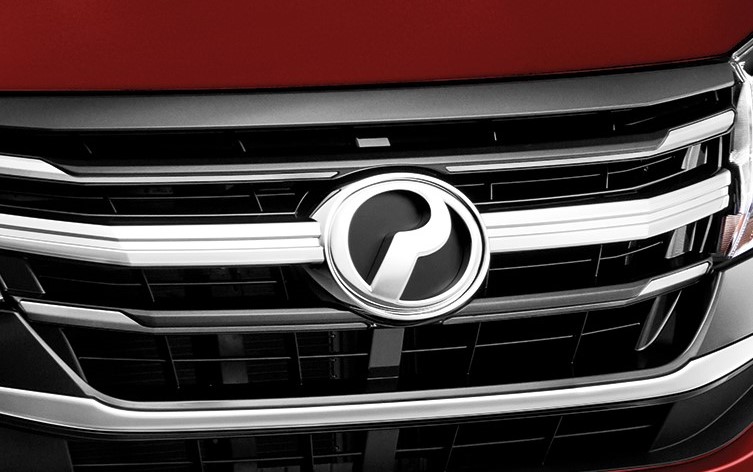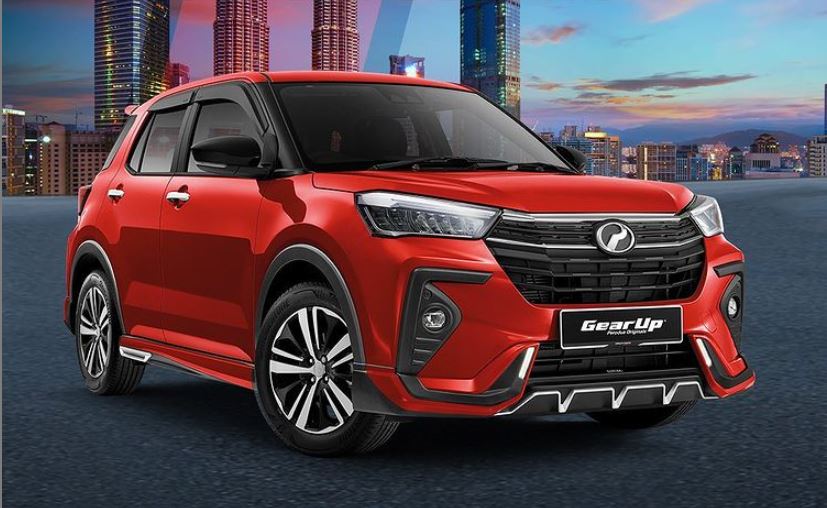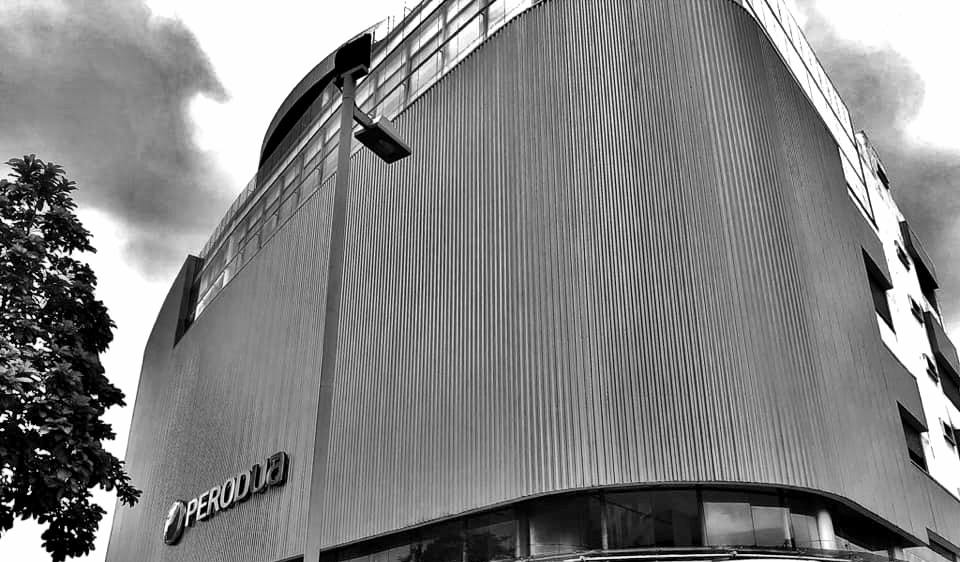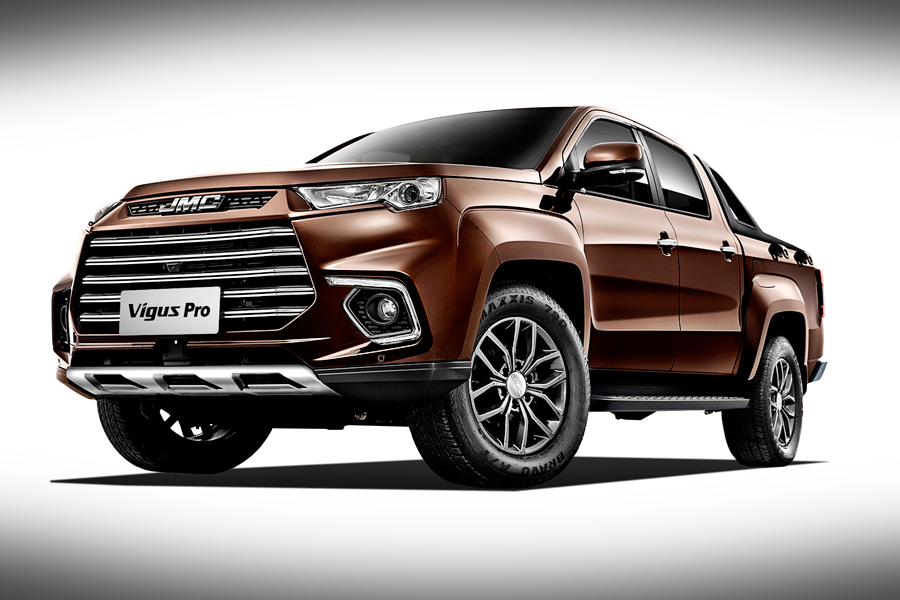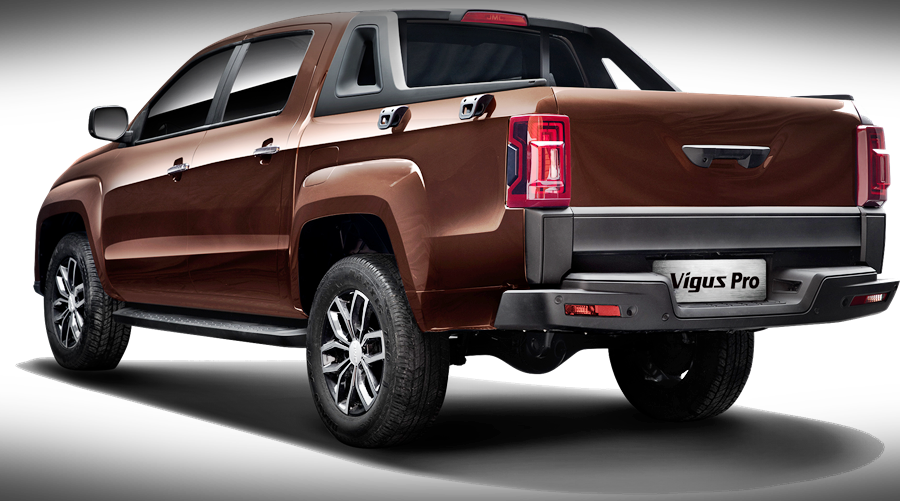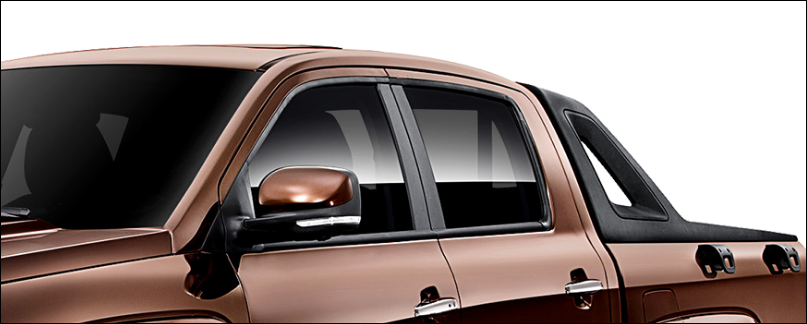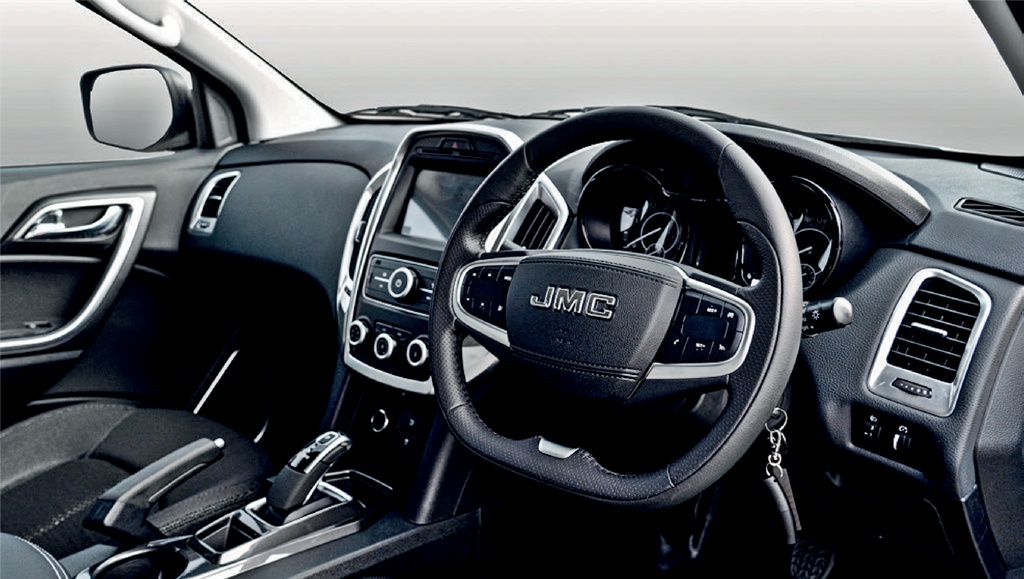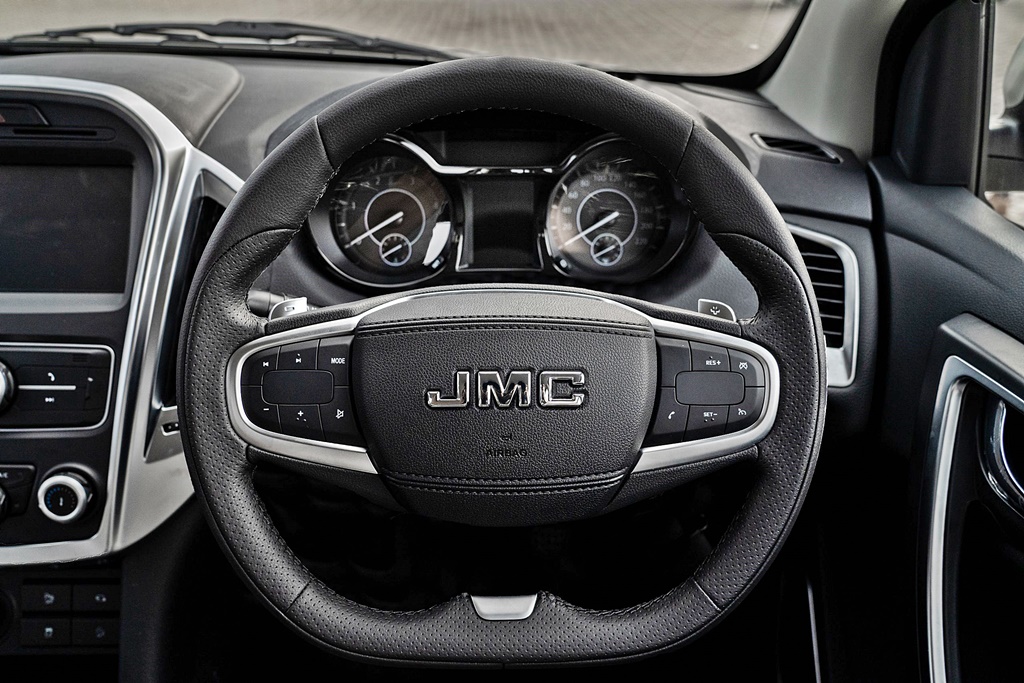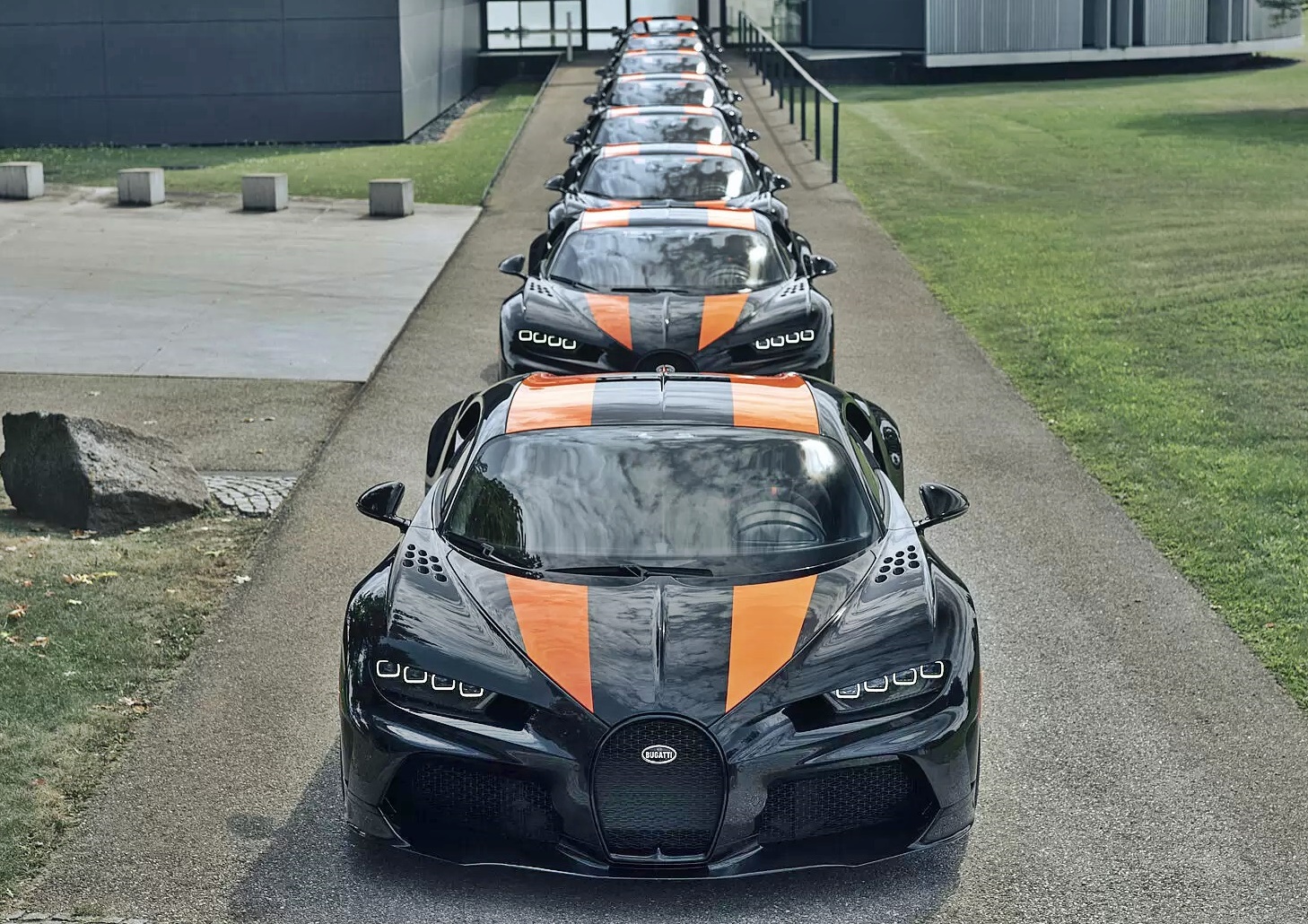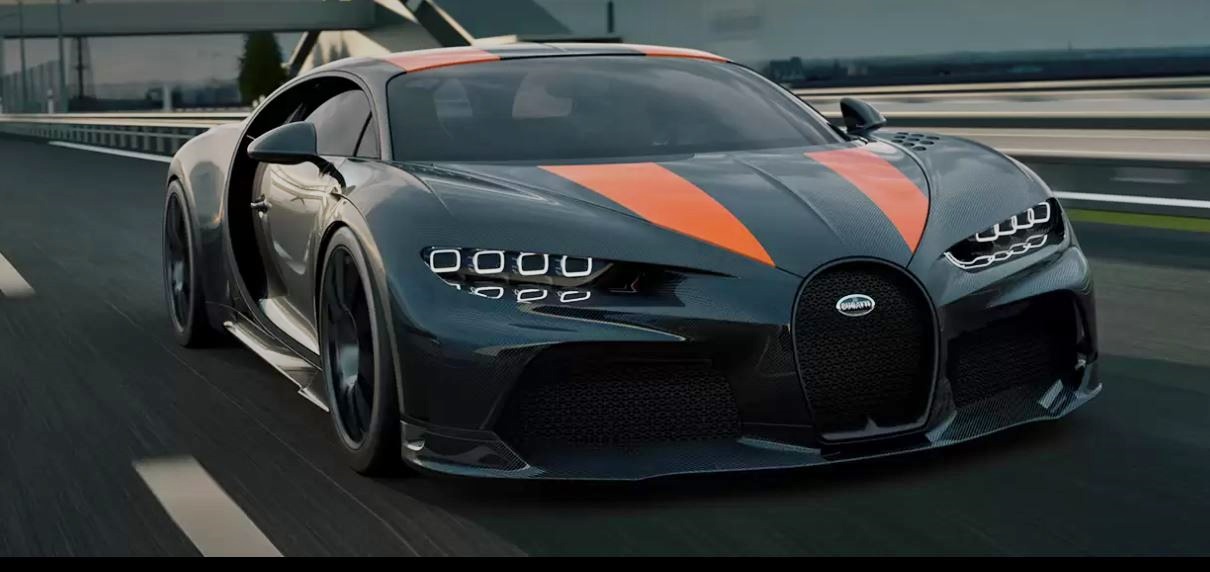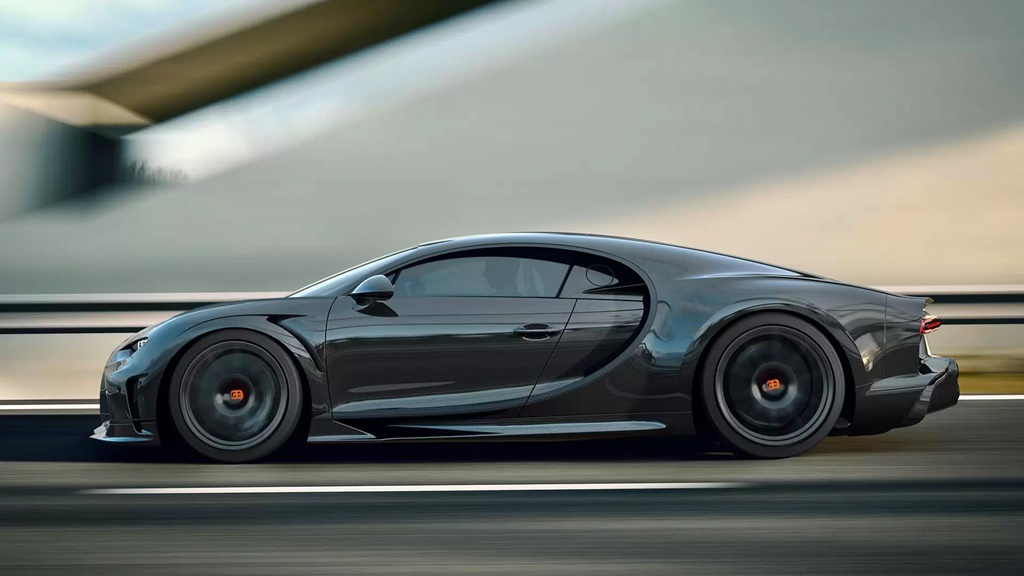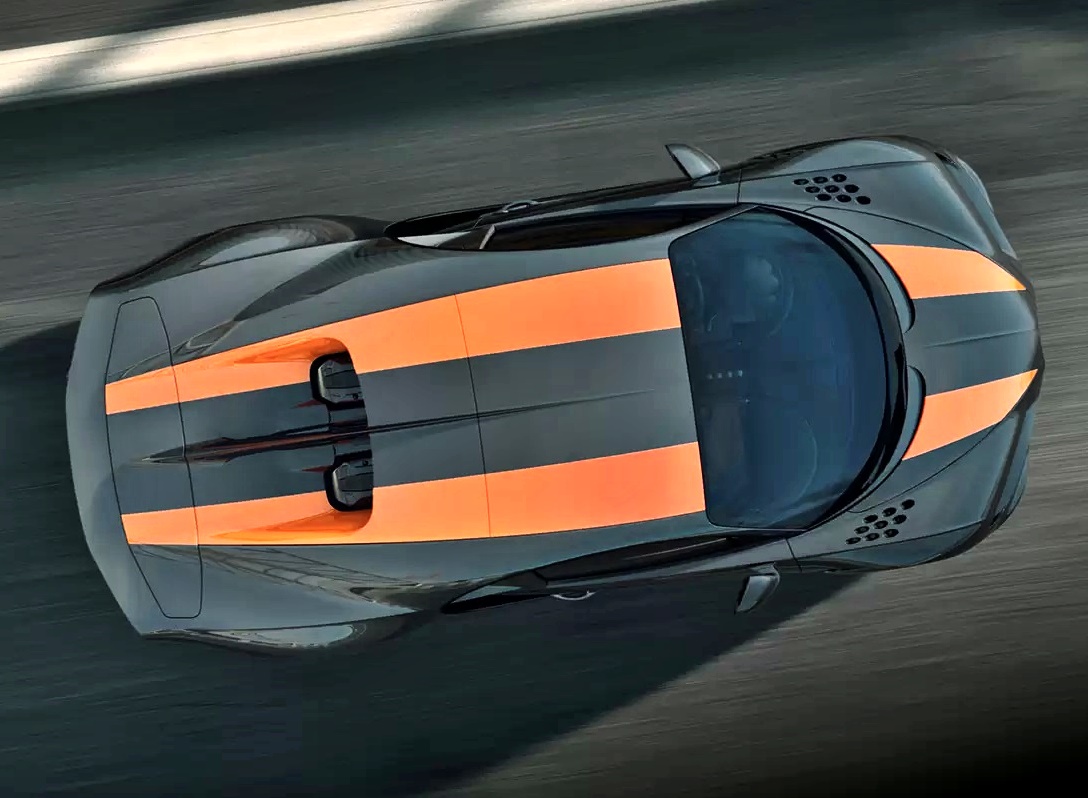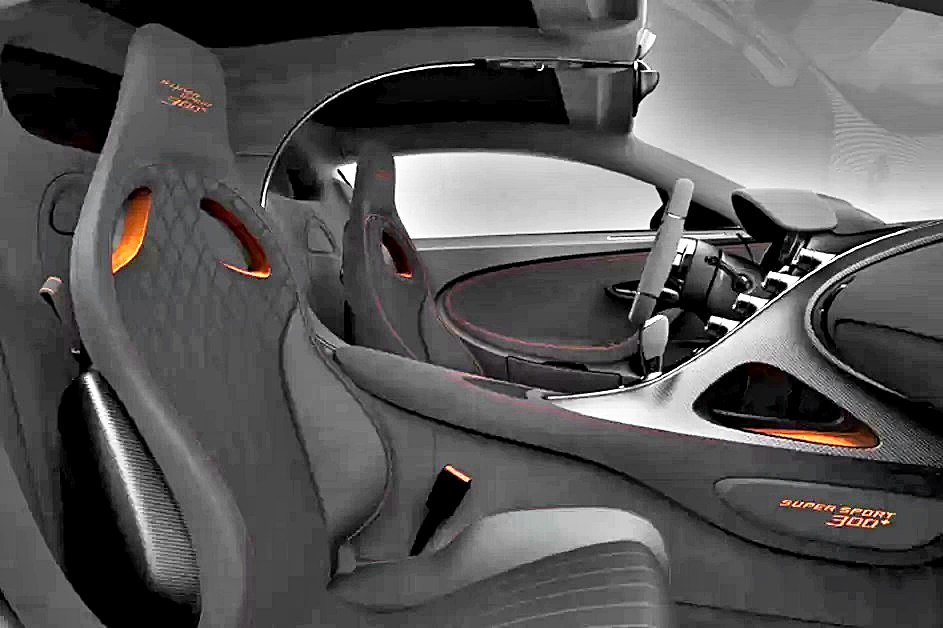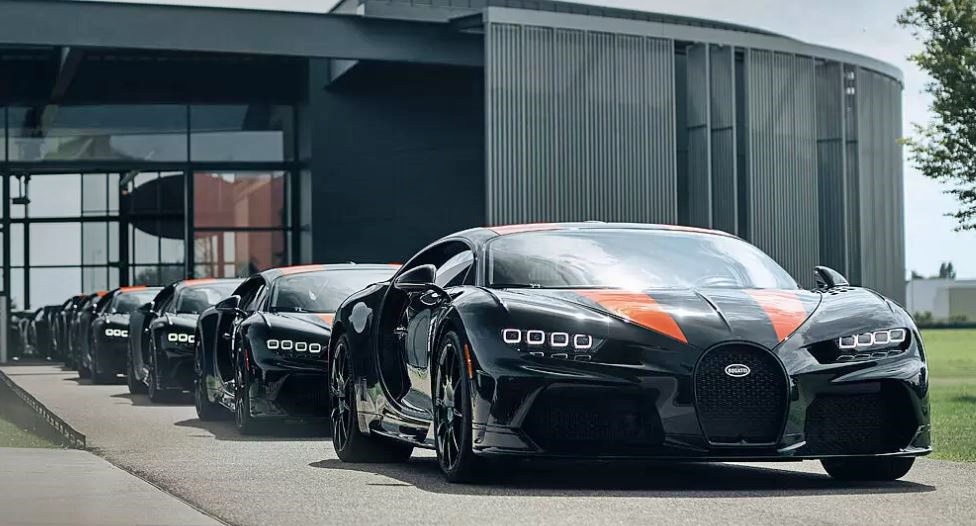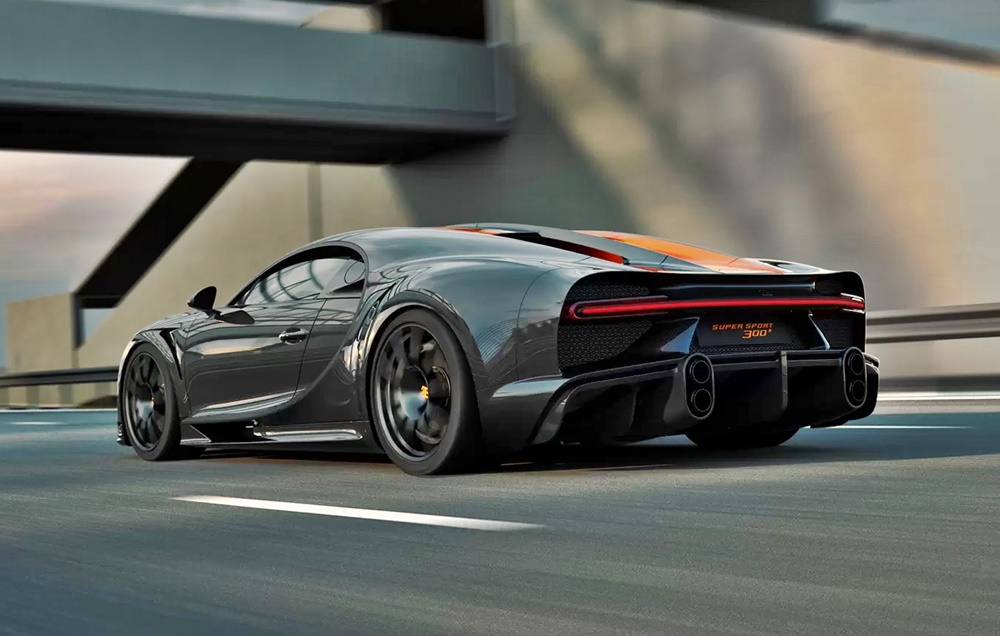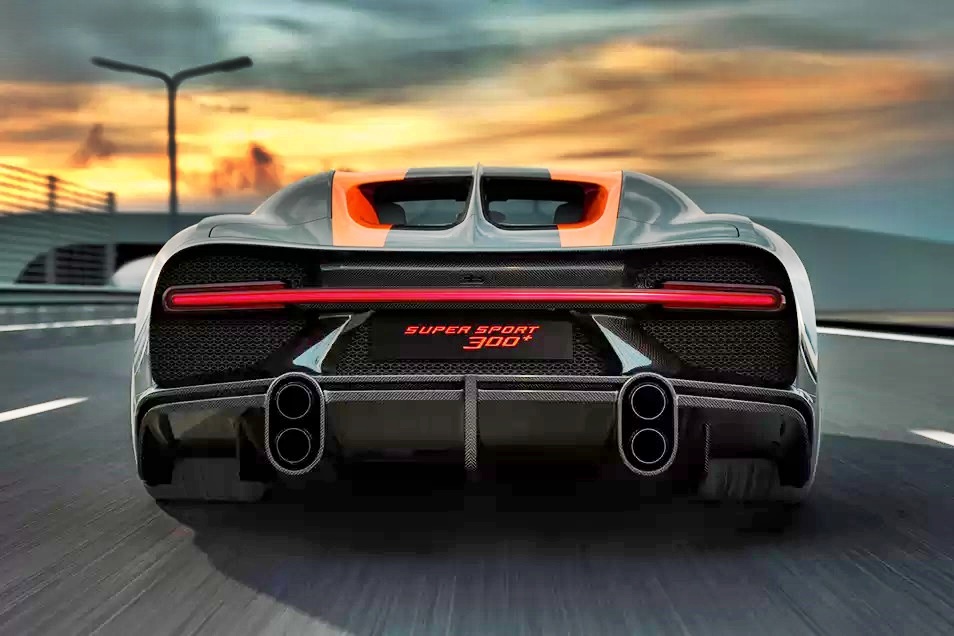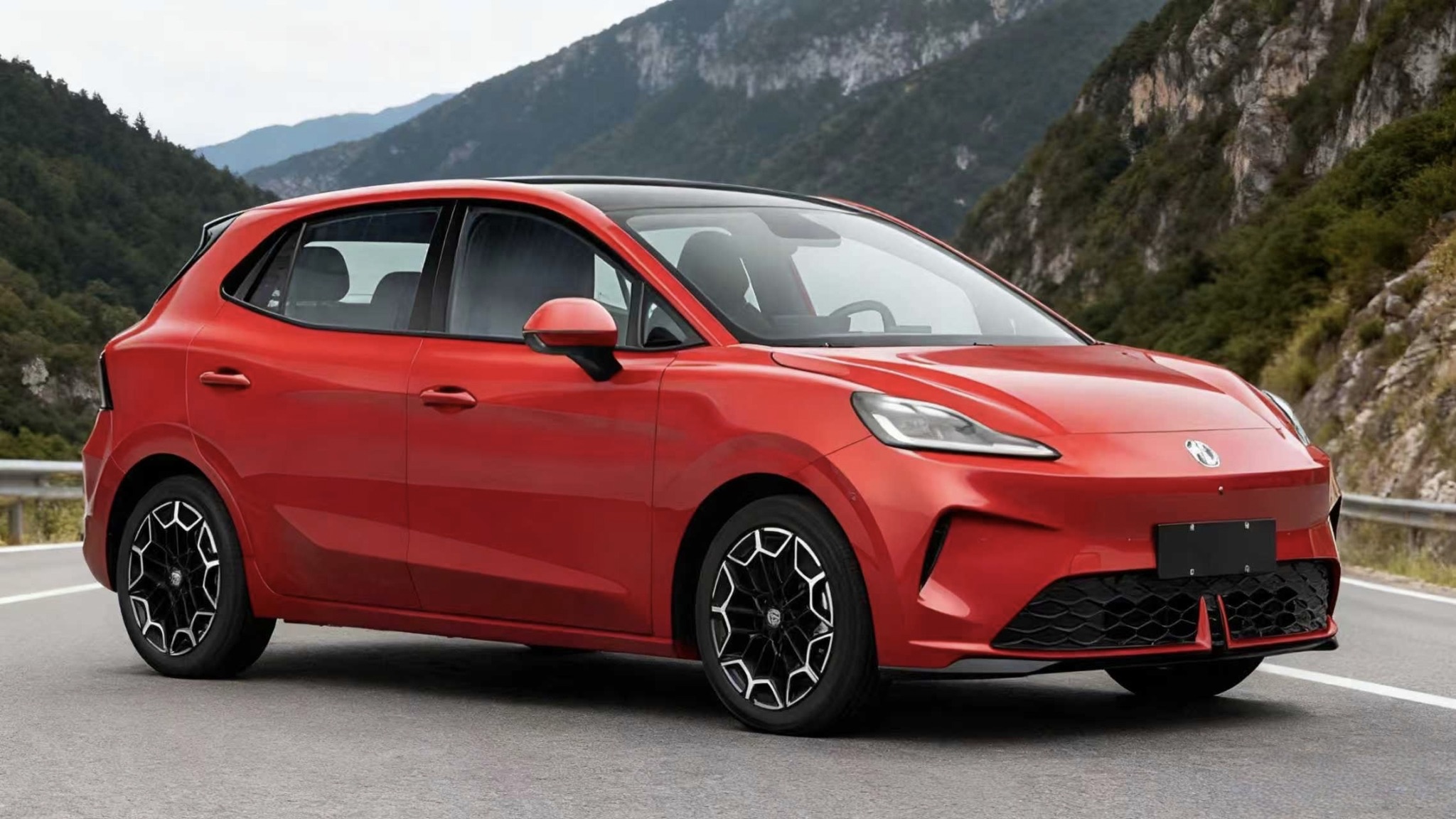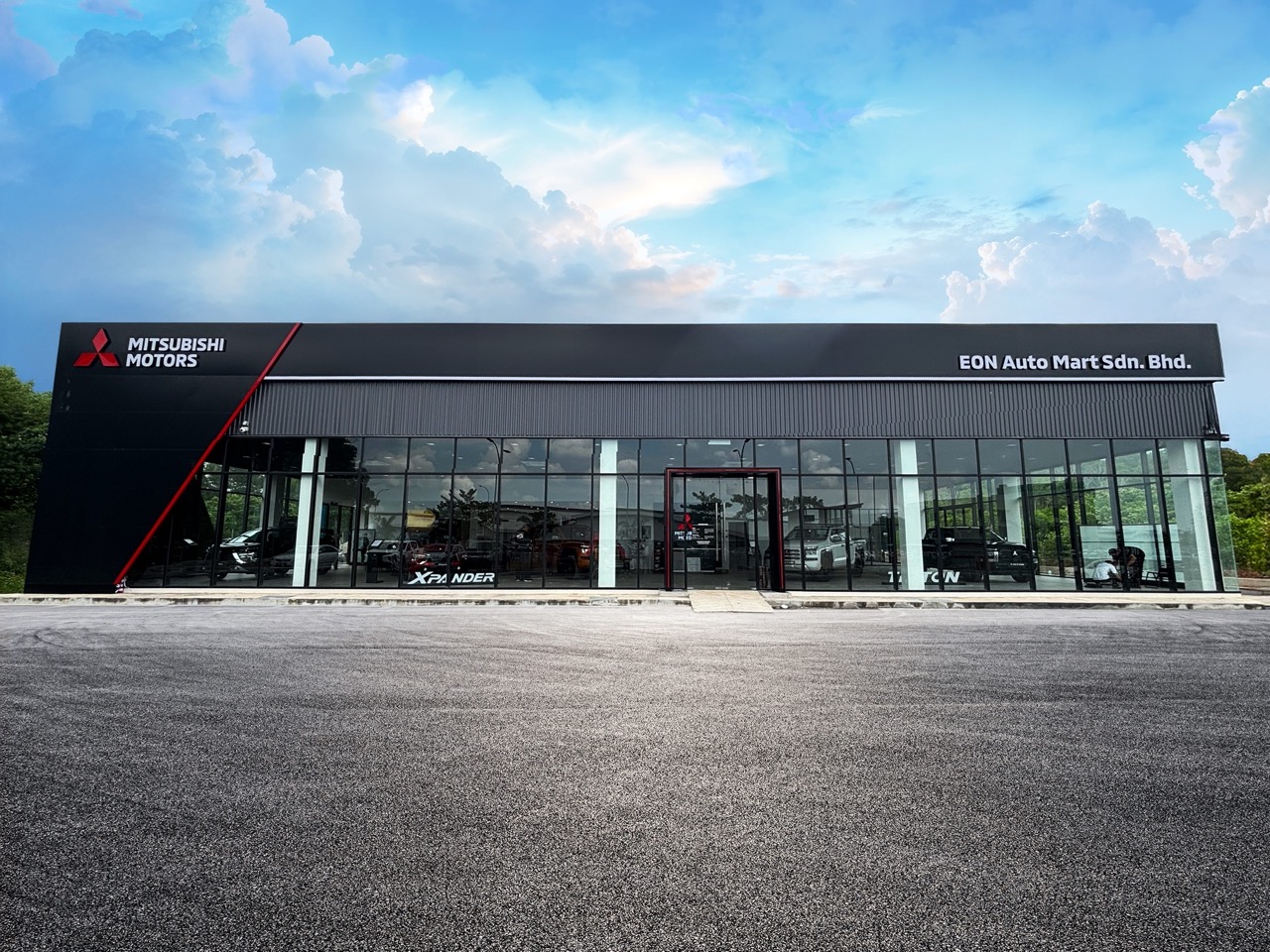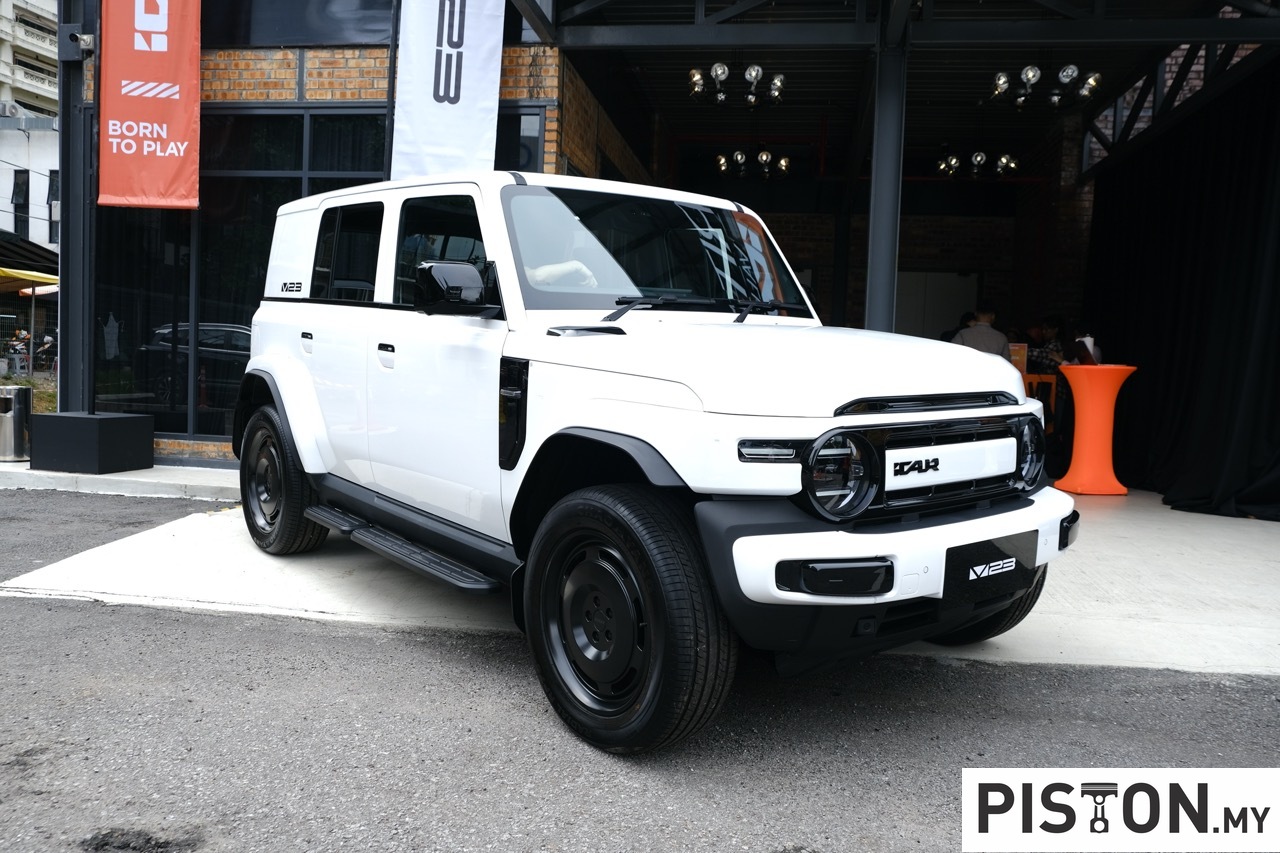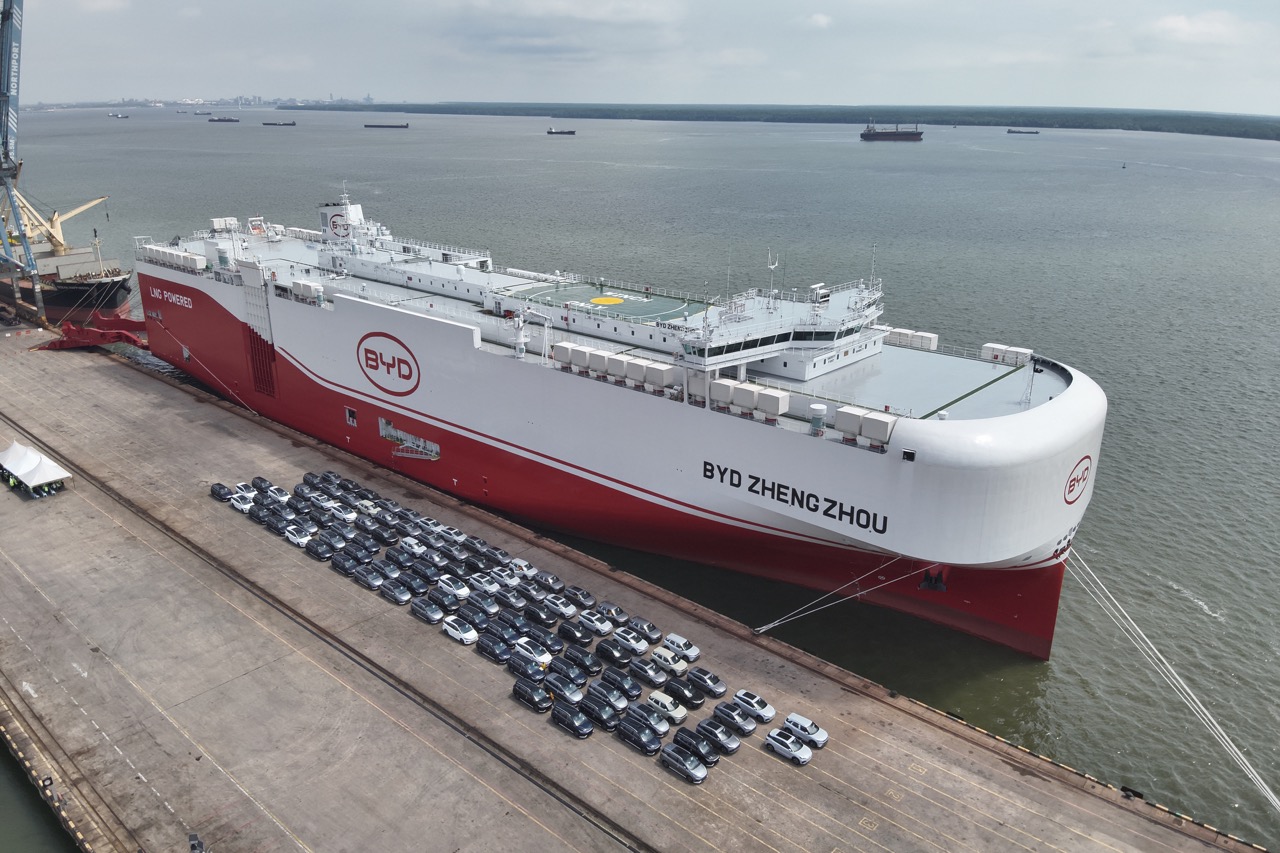Proton, like other carmakers in Malaysia, has been seeing a steady sales growth since the government allowed businesses to start operating again from the middle of August. While there were only two weeks of operations in August and many sales outlets also had to prepare their premises to meet SOPs, September was a full month and customers began returning to showrooms.
For Proton, September was very encouraging as the total number of vehicles sold (including exports) was 10,380 units. The company estimates that the Total Industry Volume for the month will be around 43,500 units and, on that basis, Proton’s share would be 23.9%. This would keep it in second place in overall sales for 2021.
September’s sales volume takes the cumulative volume sold to 73,017 units after 8 months. That’s almost similar to the 73,547 units over the same period in 2020 although this year, Proton’s market share to date is slightly higher at 23% compared to 21.5%.
Although there is usually more news about the newer models like the X70 and X50, it was the Saga that was Proton’s bestseller in September. 3,907 units were sold, a number said to be the highest in the A-segment.
The newly launched Iriz and Persona also recorded strong first month sales. Even though production was affected by a shortage of components, the factory still managed to release 1,440 units of the Persona and 749 units of the Iriz (including the new Active variant) which were immediately delivered to customers.
As for the hotselling SUVs, deliveries accelerated to catch up with demand. For the X50, 2,431 units were delivered while 1,577 units of the X70 reached their new owners. To date in 2021, 27,312 units of SUVs have been sold by Proton which accounts for 37.4% of the overall year’s sales of 73,017 units.
“As the numbers show, sales were strong for Proton in September, so we are happy with the results. While we could have sold more than the 10,380 units achieved, some context should be given to our performance as Malaysia is recovering from a pandemic that is still affecting our vendors. The situation is slowly improving but the shortage of chips and other components is a real issue that will not change in the short term, so we must exercise caution when trying to forecast sales as production volumes remain subject to change,” explained Roslan Abdullah, CEO of Proton Edar.
“Therefore, for the remaining three months of the year, Proton will concentrate on meeting our commitments to our customers and delivering as many cars as possible. Clearing the backlog will free up more volume for the next calendar year and help us move forward with plans to expand our offerings both locally and in export markets,” he said.
Encik Roslan said that while there is growth in the number of bookings made online, Proton and its dealers have made big investments to upgrade the sales and service network the last few years. “The best brand experience is still delivered in person, so we have adopted new operational procedures in light of the pandemic situation,” he added.
With all states in Phase 2 or higher of the National Recovery Plan, all Proton outlets and service centres have now reopened nationwide. While operations remain governed by strict SOPs to limit the physical number of people at a facility, fully vaccinated customers can visit showrooms to view and test drive the company’s range of offerings.
EON now has a website dedicated to Proton products and services


